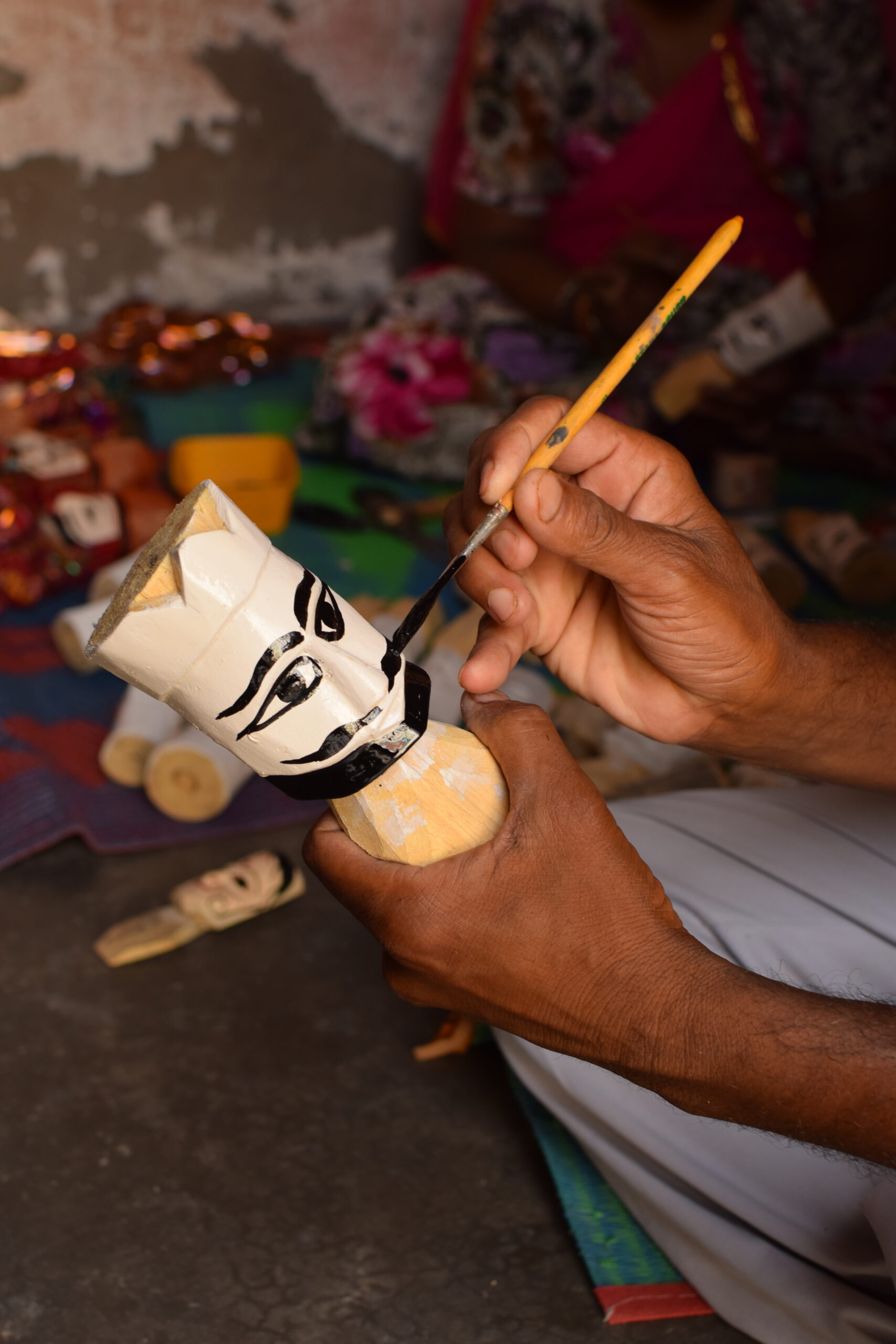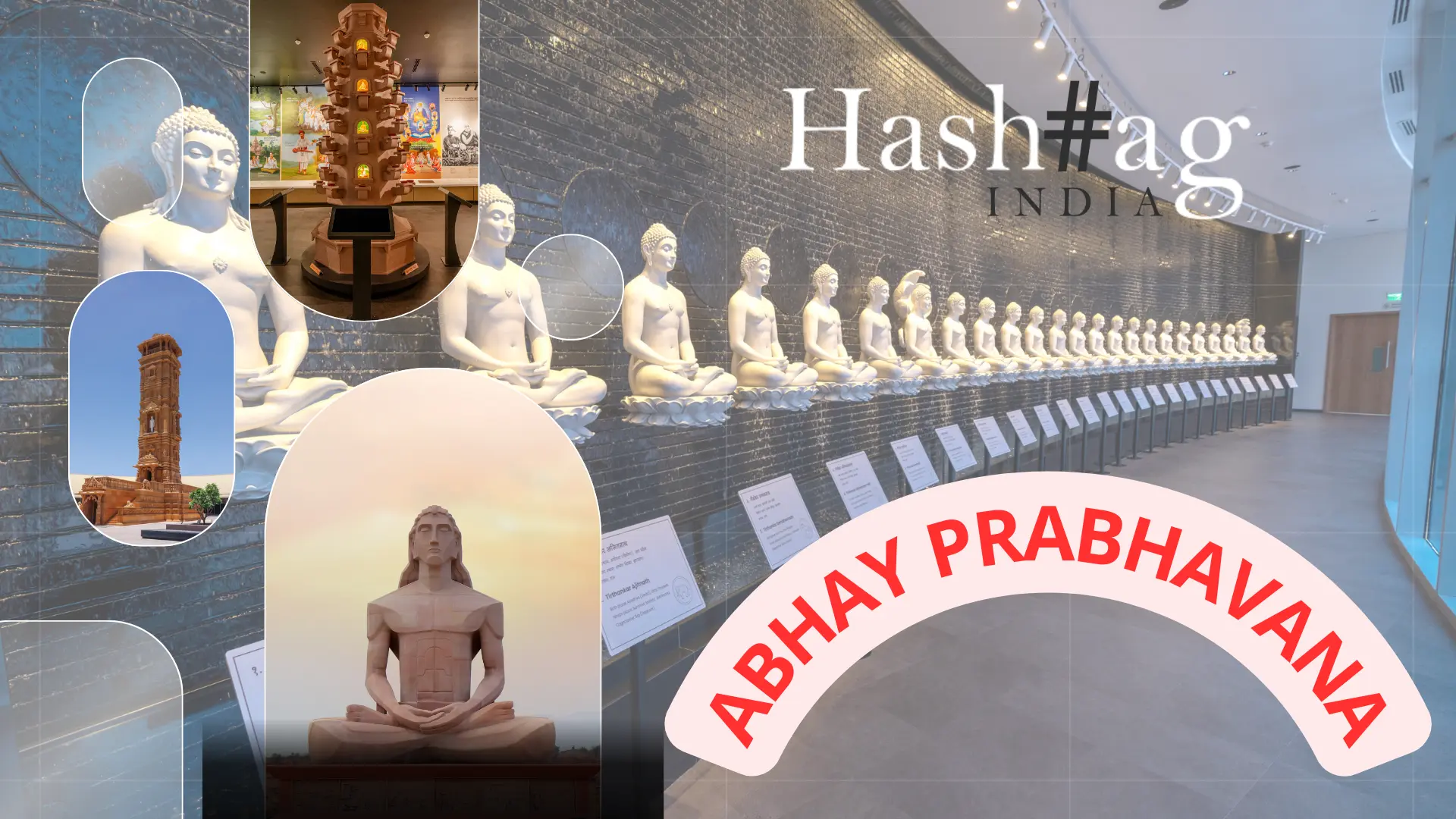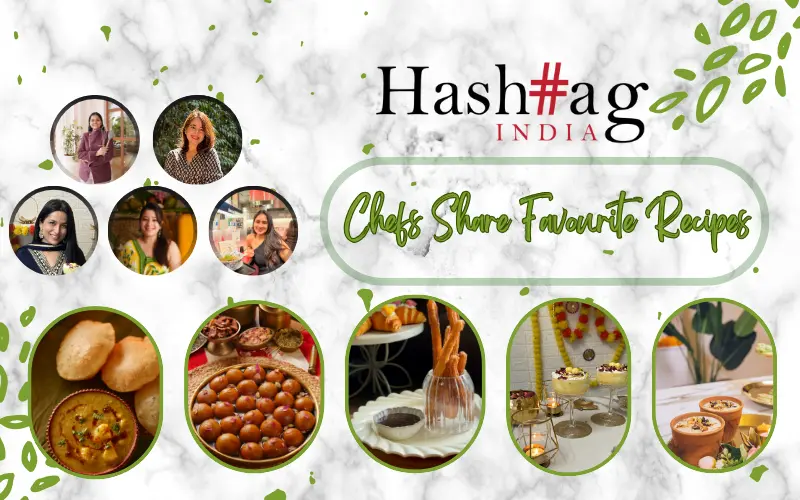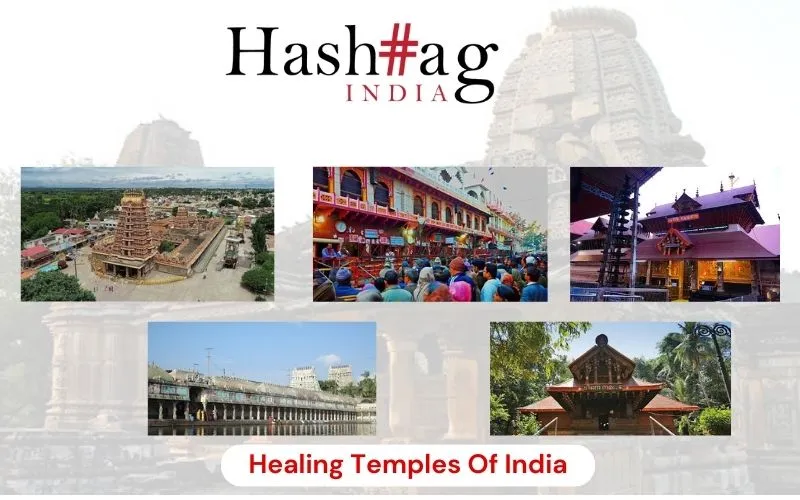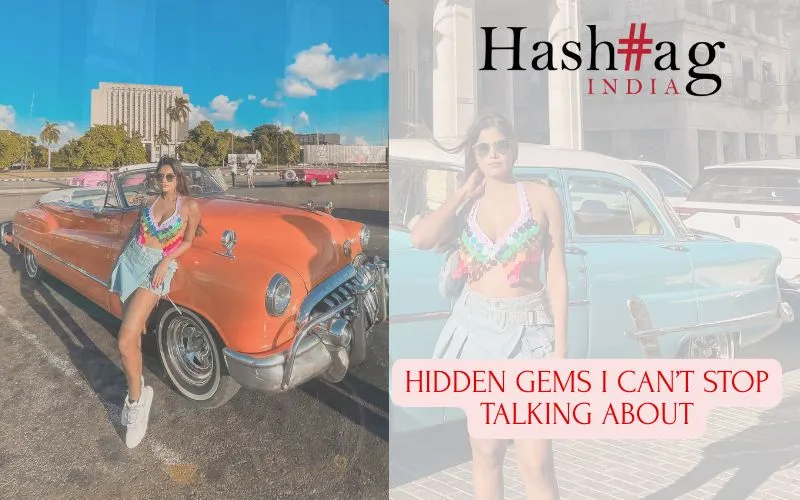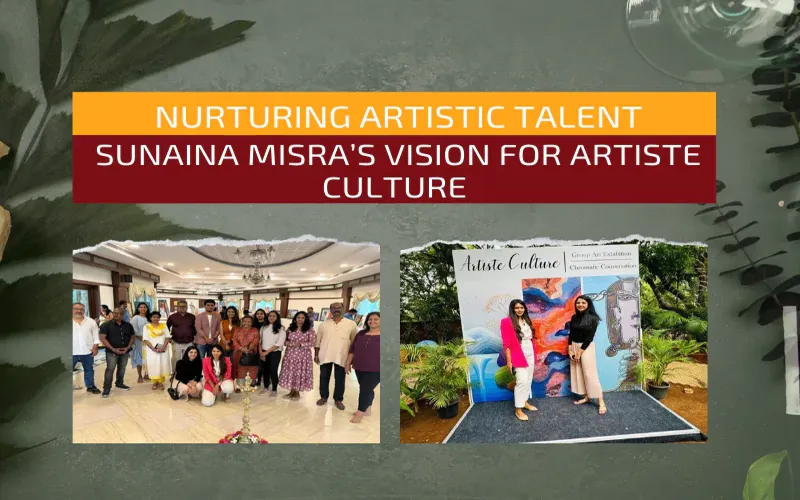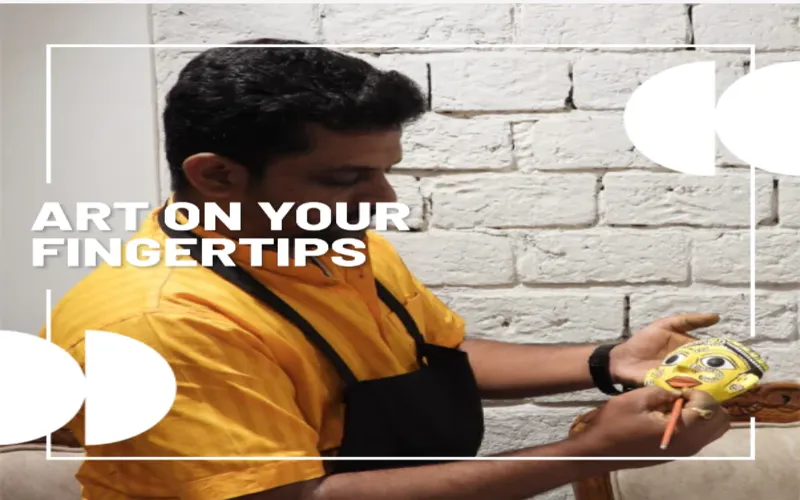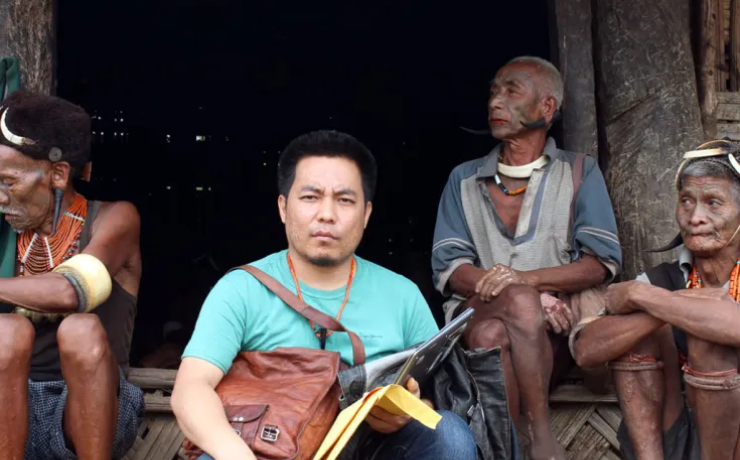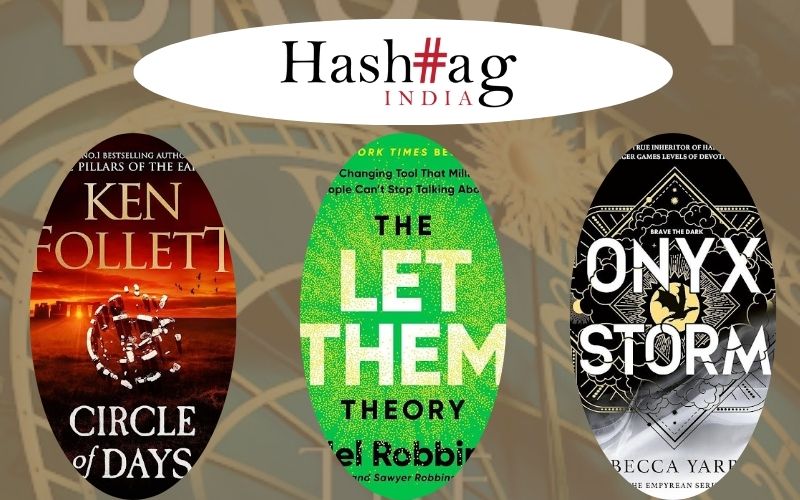A nation’s culture resides in the heart and in the soul of its people – Mahatma Gandhi
Given that India is one of the most ethnically diverse nations, every region of the country is blessed with unique art forms that reflect the native culture and traditions of the place. No mention of Indian craft is complete without Rajasthan which is arguably one of the richest states in terms of art and cultural heritage. Whether it is pottery, textiles, painting, metal work, furniture, leather work or jewelry, the lively colors and distinctive designs of the state’s handicrafts are a treat for the eyes. Rashmi Gopal Rao discovers Rajasthan Studio, an organization striving to keep this legacy alive.

Platform for online and offline art experiences
It is often said that art transcends geographical boundaries and given the times we live in, the importance of using technology to promote art and craft can hardly be overemphasised. Founded in 2019, Jaipur based Rajasthan Studio has been doing just that and has connected more than ten thousand artists and art lovers while taking care of the curation, technology and execution of the art workshops. “The state of Rajasthan is brimming with several art forms and the craft culture of Rajasthan dates back to the Indus Valley Civilisation. Many forms like leather jutti making, blue pottery, meenakari and kathputli making were patronised by the Mughals and rulers like Maharaja Sawai Man Singh. Since then, Rajasthan is synonymous with being a cultural hub with its streets and by lanes filled with artists, each of whom has a story to tell. However, in today’s era of digitalisation many talented master artists have the skills but not the right platform to showcase their art. Hence many art forms are on the verge of dying unless they are preserved,” says founder and CEO Kartik Gaggar about the inspiration behind Rajasthan Studio.
Prior to mid-March 2020, Rajasthan Studio was conducting their activities such as the masterclass workshops and The Circle experiences offline. Masterclass workshops are sessions where art lovers and travellers from across the world connect with award winning artists at their workstations in Jaipur, Jodhpur and Udaipur to learn about the native art forms of Rajasthan. The Circle on the other hand, refers to sessions conducted by art professionals for art enthusiasts and art lovers. Ever since the lockdown, all of Rajasthan studio’s circle experiences are being conducted virtually.
Myriad art forms
Through the masterclass workshops, Rajasthan Studio offers as many as 27 art forms—15 in Jaipur, 5 in Udaipur and 7 in Jodhpur. Apart from forms like Phad painting, Fresco Paintings (Arayash), lac work, wooden block printing, Pichwai painting, rice and gemstone carving, Rajasthan Studio promotes several rare art forms that are in need of urgent preservation. “Few of the rare art forms that we promote are currently being practiced by only one family such as Sea Foam carving by Harsh Chhajed who is a self-taught artist who discovered this art with sea froth. He is the only artist practicing this art form. Another one is the engraving on Dhal and Talwar (war sword and shield) without using any machinery which is being practiced by a father-son duo in Jodhpur,” adds Gaggar.
The online art experiences are not limited to Rajasthan but also includes folk paintings of India like Madhubani, Phattachitra, Gond art, Kerala murals and much more.
A curated experience While the masterclass workshops can be booked through their website, the other online experiences can also be booked through partner websites such as BookMyShow, PayTM Insider or Google apart from their own website. Masterclass art experiences involve a two to five-hour-long personalized session with an artist of repute who will take the participants through the intricacies like the historical background and cultural legacy of each art form. The online art experiences are curated based on the unique requirements of customers and take anywhere between one and three hours. The starting range of these workshops is INR 1500 to INR 6500.

